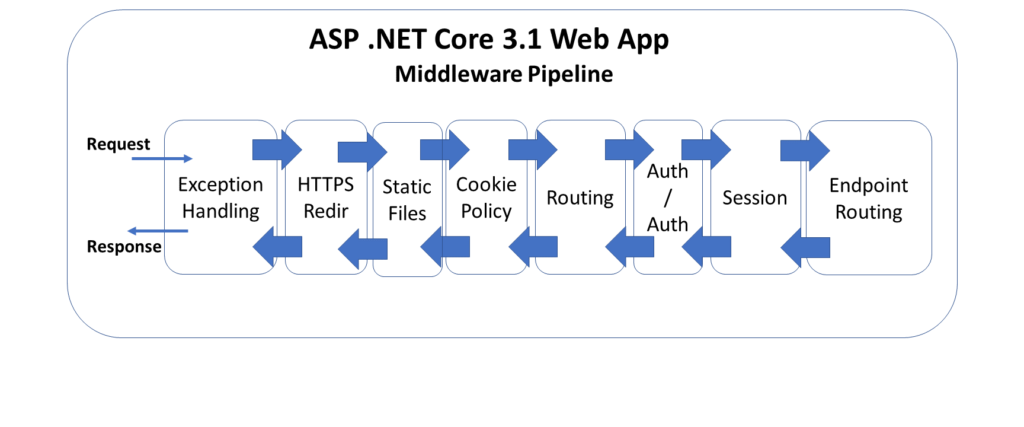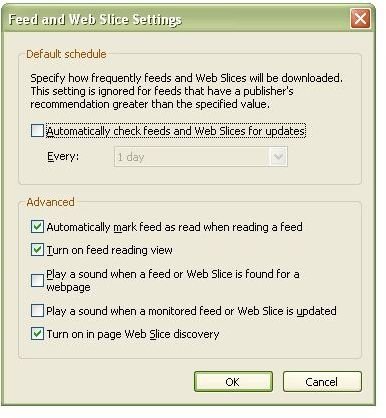

Instead of keeping a whole tab open just to keep an eye on the highest bid on that camera you've had your eye on, you simply create a web slice and it will stay in your favorites bar.

When I was on Engadget it said I may like Gizmodo and Digg.
ENABLE IE8 WEB SLICES WINDOWS
When I was checking my old Windows Live Mail account it suggested that I may like Yahoo and Hotmail.When I was looking something up on Live Search Maps, it also suggested that I might want to check out Virtual Earth and Yahoo Maps.The suggested sites feature worked well and showed me sites that were in the same niche as I was interested in. Though this could impose upon your privacy, Microsoft have stated that the suggested sites are per-session and that anything that would make the client, you, identifiable aren't logged. Microsoft then returns suggested sites to you that you might find interesting. Essentially, it sends information back to Microsoft about the sites you visit. It's not enabled by default and is turned off during your InPrivate session. Next, we have "Suggested Sites" think of it as a kind-of built in Stumble Upon - almost. This is a great mode to use when searching for gifts, banking on-line, or other private things. When you disable the InPrivate mode there is no record of your private browsing session. It stops storing your history, cookies, temporary Internet files, form information and any passwords you may have entered. When this mode is activated it stops Internet Explorer from storing your browsing session. As its name might suggest, it is a feature similar to the Incognito mode in Google's Chrome or many of the Firefox extensions that add stealth mode functionality. The first on our little list of new features in IE8 is InPrivate. "Acid3 is a test page from the Web Standards Project that checks how well a web browser follows certain web standards, especially relating to the Document Object Model and JavaScript." For those unfamiliar with the acid tests: In fact, many users are reporting scores as low as twelve. Despite reporting a 100 score on the Acid2 test months ago, IE8 has subsequently registered a sloppy 20/100 on the Acid3 test.


 0 kommentar(er)
0 kommentar(er)
